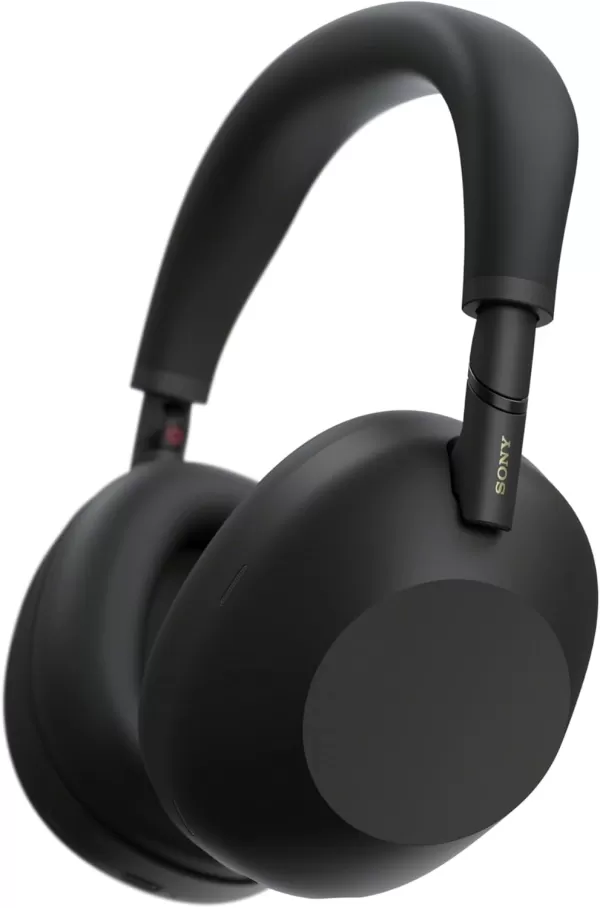Google Pixel Release Dates: A Complete History
- By Aaliyah
- Jun 11,2025
The Google Pixel lineup has firmly established itself as one of the most respected and popular Android smartphone series available today, standing tall alongside the likes of the Apple iPhone and Samsung Galaxy lineups. Since the launch of the very first Google Pixel in 2016, Google has consistently delivered top-tier devices packed with innovative features and clean Android experiences. But with so many models released over the years, it can be a bit tricky to keep track of each generation. That’s why we’ve put together this comprehensive list of every Google Pixel smartphone ever released, complete with their official launch dates. Whether you're a tech enthusiast or just curious about how far the Pixel brand has evolved, this guide is your perfect companion.
How Many Google Pixel Generations Have There Been?
As of now, there have been 17 distinct Google Pixel generations. This count includes standard Pixel models, special variants like the Pixel a and Pixel Fold lines, but excludes Pro and XL versions as separate entries.
Every Google Pixel Generation in Order of Release
Google Pixel – October 20, 2016
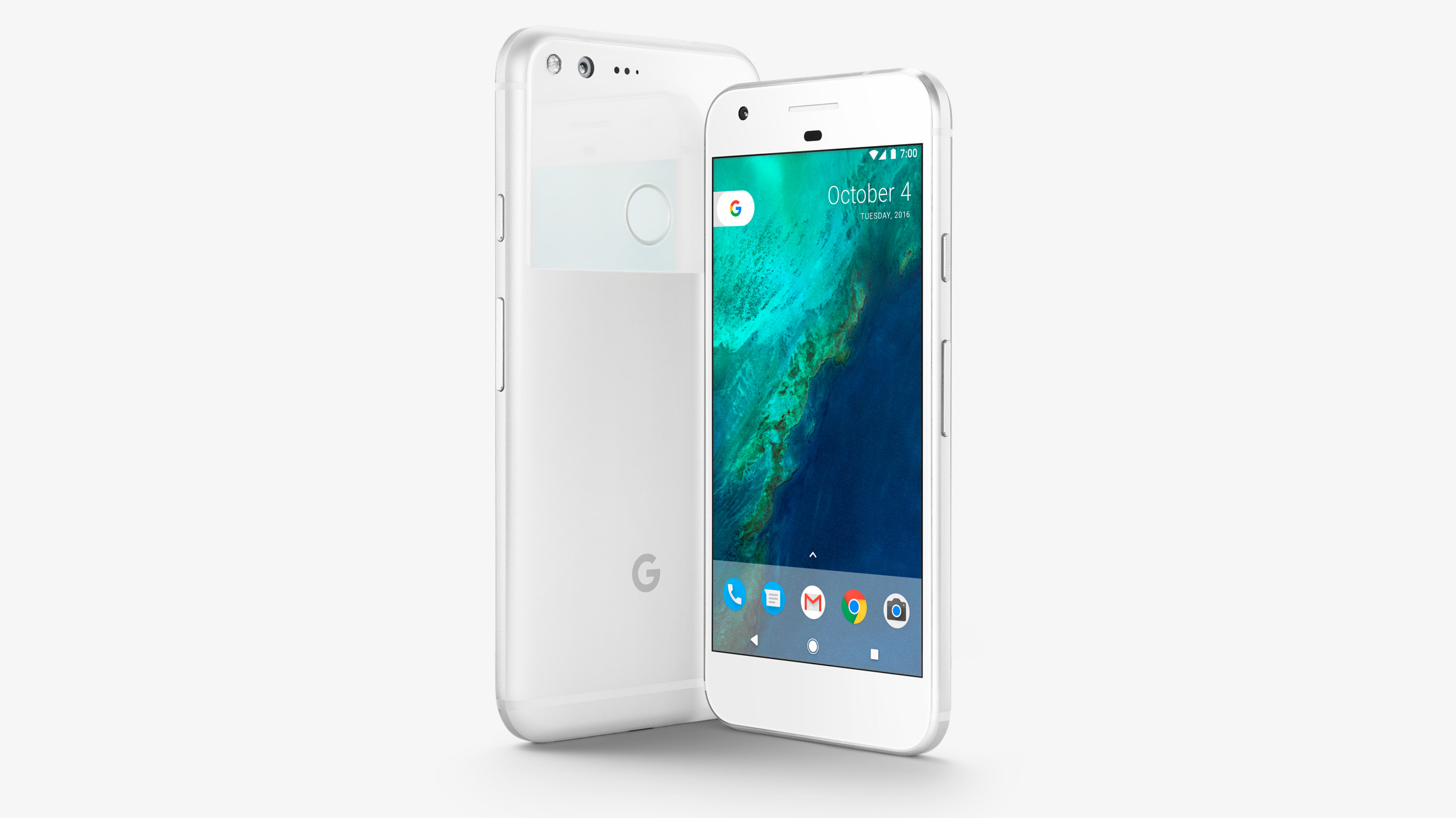
The original Google Pixel debuted in October 2016, marking the beginning of Google's dedicated smartphone line. It was among the first smartphones to adopt USB-C and featured a powerful 12.3MP camera. Both standard and larger Pixel XL models were offered.
Google Pixel 2 – October 17, 2017
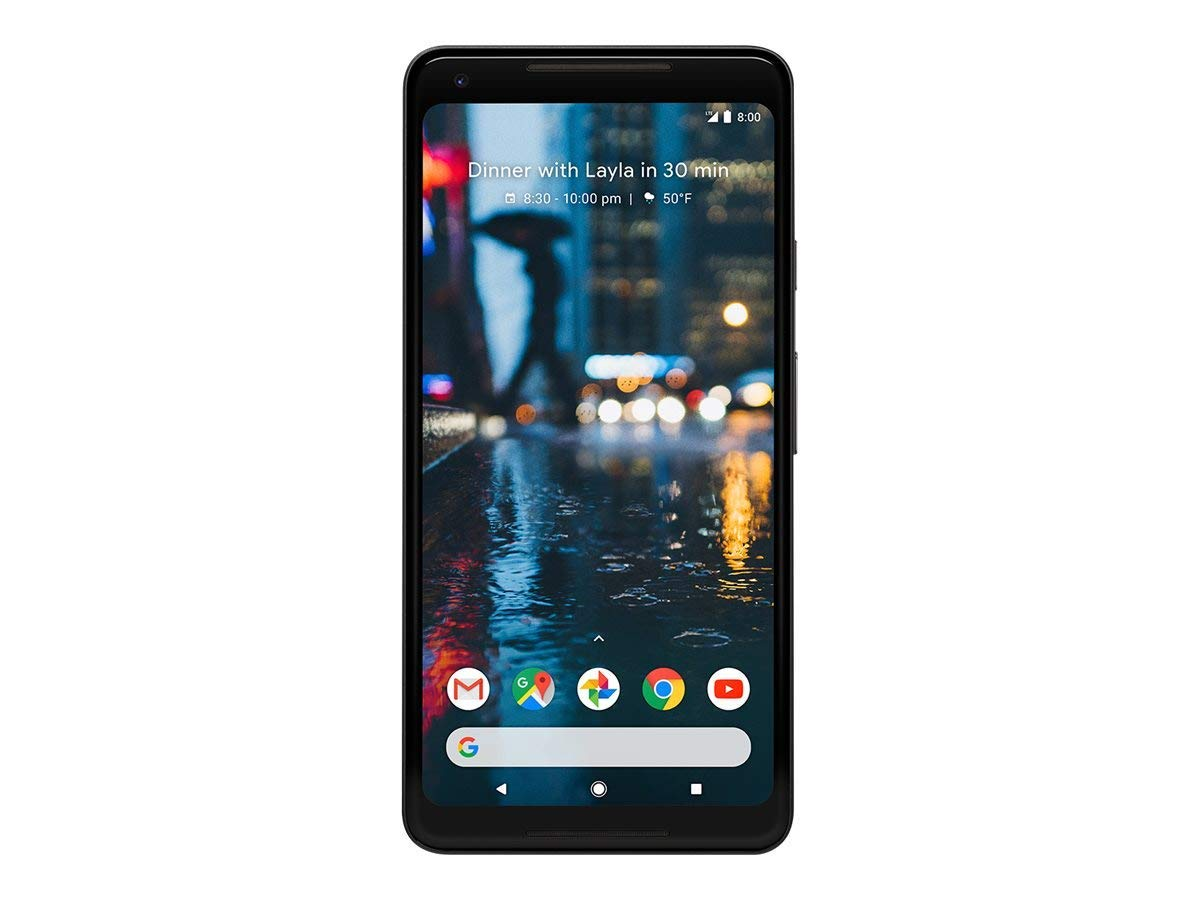
Released in October 2017, the Pixel 2 brought improved optics with optical image stabilization and refined performance. Notably, it removed the headphone jack while improving Bluetooth connectivity compared to its predecessor.
Google Pixel 3 – October 18, 2018
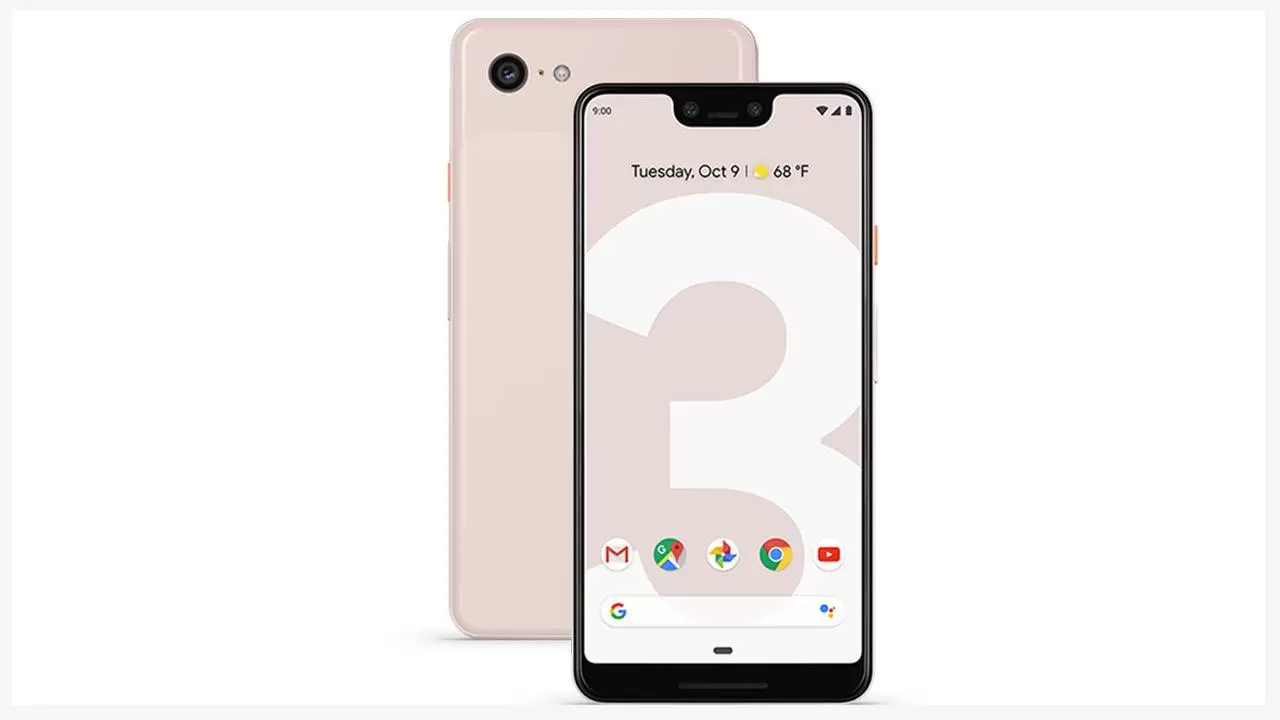
In 2018, the Pixel 3 introduced a sleeker design with thinner bezels and a higher-resolution 5.5-inch display. It also added wireless charging capabilities, making it more convenient for users to power up without relying on cables.
Google Pixel 3a – May 7, 2019
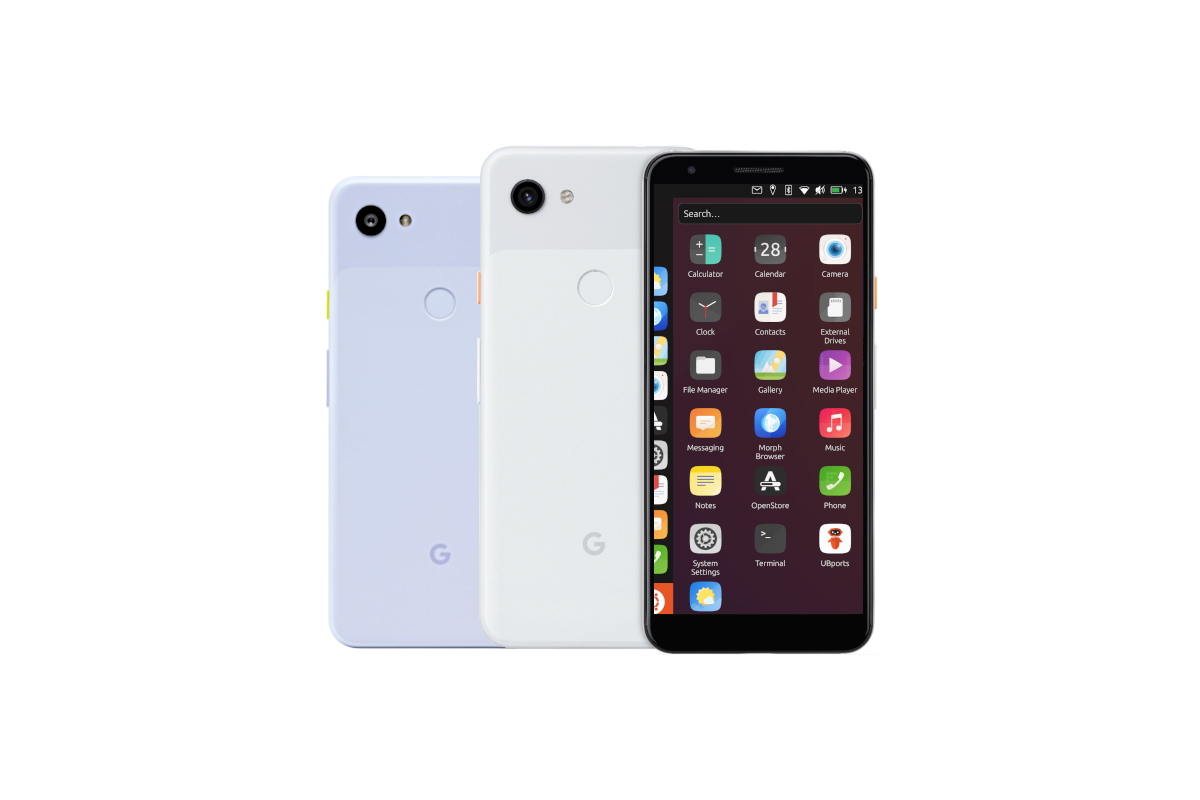
The first mid-range Pixel model arrived in May 2019. While it skipped some premium features, it retained the flagship-level rear camera system, offering great photography at a lower price point.
Google Pixel 4 – October 15, 2019
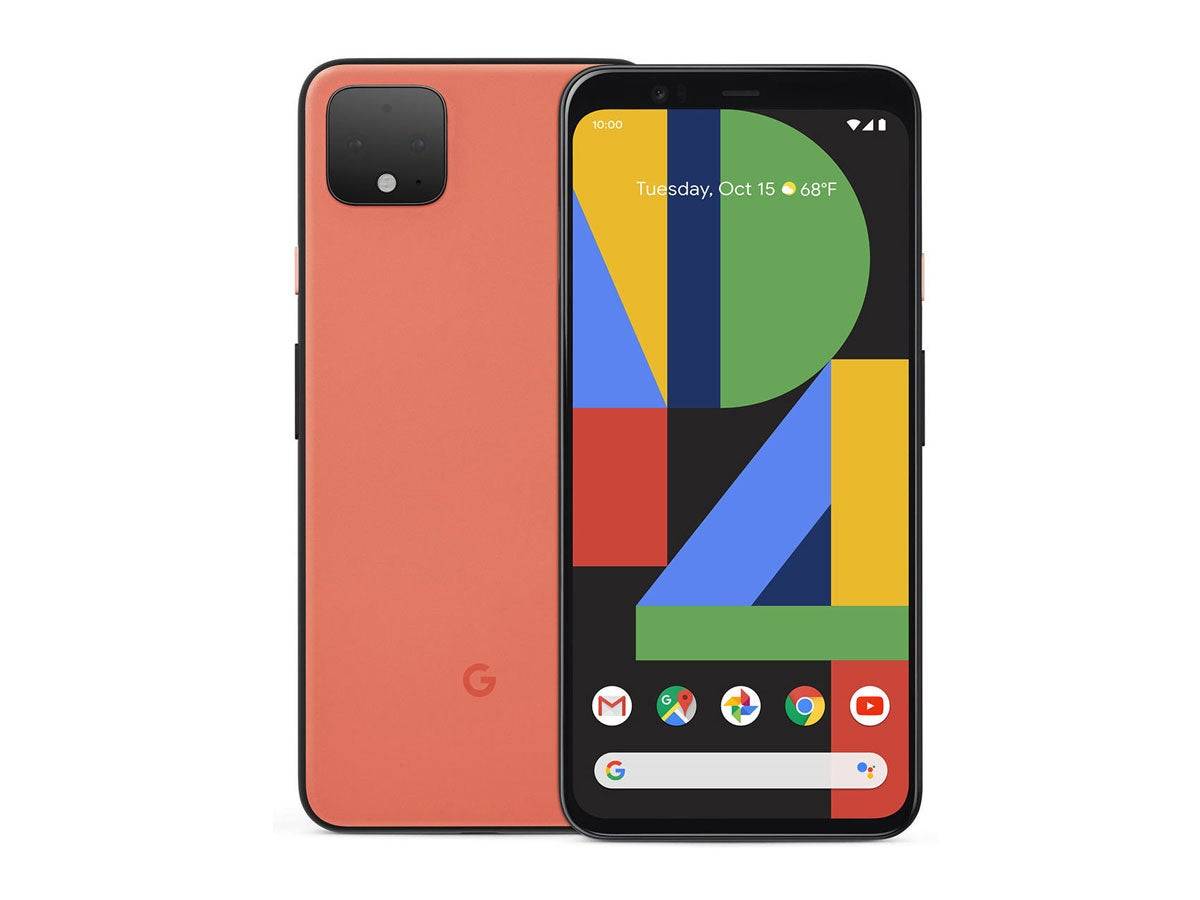
This 2019 release focused on internal upgrades, including a 90Hz display refresh rate, enhanced RAM (6GB), and a 2x optical zoom feature in the camera system for better telephoto shots.
Google Pixel 4a – August 20, 2020
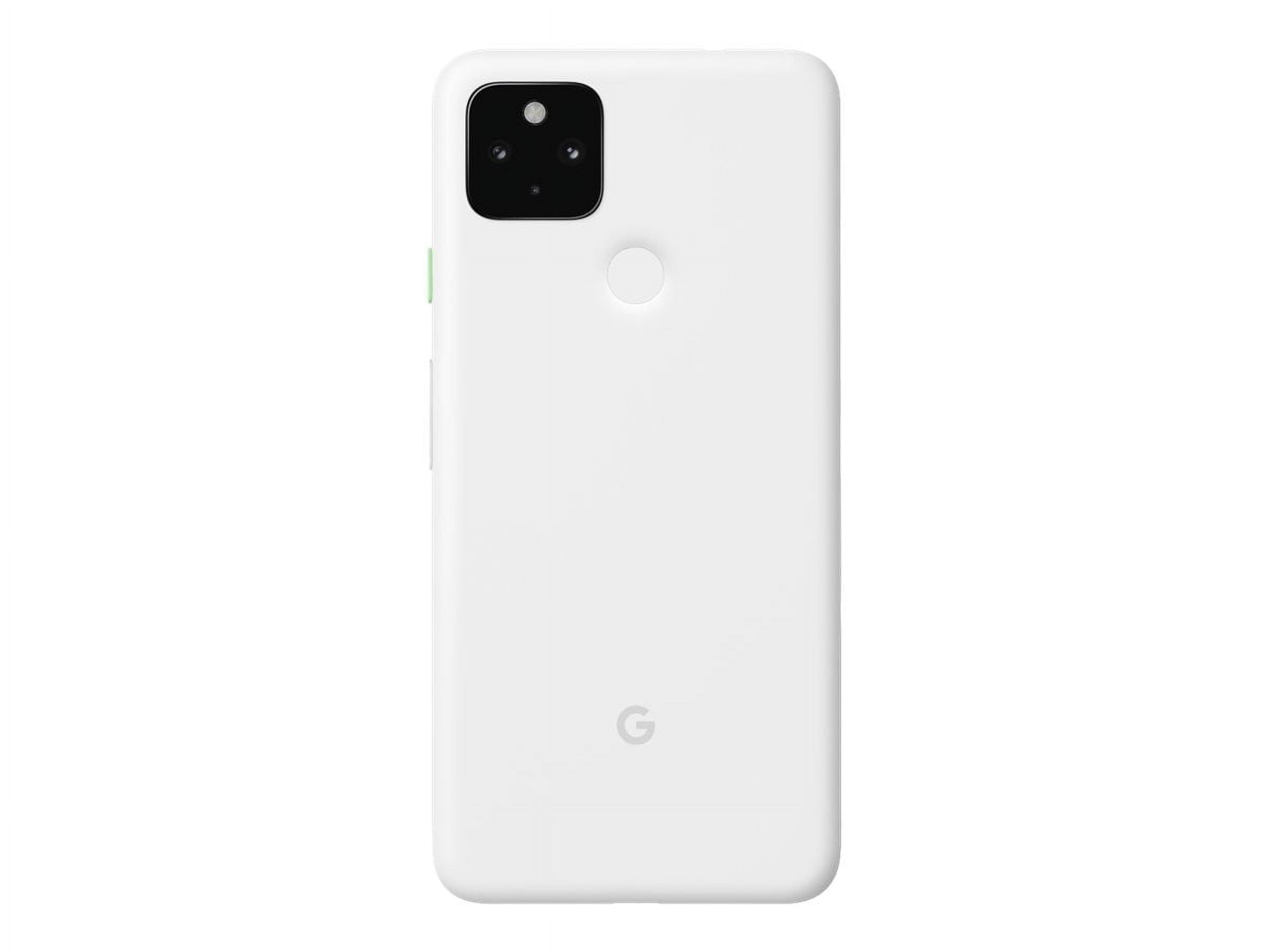
Launched in late summer 2020, the Pixel 4a traded the 90Hz screen for brighter display performance and improved battery efficiency, giving users an extra four hours of use compared to the Pixel 4.
Google Pixel 5 – October 15, 2020

Battery life took center stage in this model, featuring a 4080mAh cell that offered nearly 50% more endurance than the Pixel 4. It also included reverse wireless charging and an upgraded fingerprint sensor.
Google Pixel 5a – August 26, 2021

Slightly larger at 6.34 inches and equipped with a 4680mAh battery, the Pixel 5a lacked wireless charging functionality but otherwise closely mirrored the Pixel 5 in design and usability.
Google Pixel 6 – October 28, 2021

With a bold new design and integrated camera bar, the Pixel 6 launched in late 2021 at a reduced price compared to the Pixel 5. It also introduced major camera improvements, especially for low-light photography.
Google Pixel 6a – July 21, 2022

Arriving later than usual in July 2022, the Pixel 6a scaled back on specs—dropping the refresh rate to 60Hz and reducing RAM to 6GB—but still provided solid performance and a capable camera setup.
Google Pixel 7 – October 13, 2022
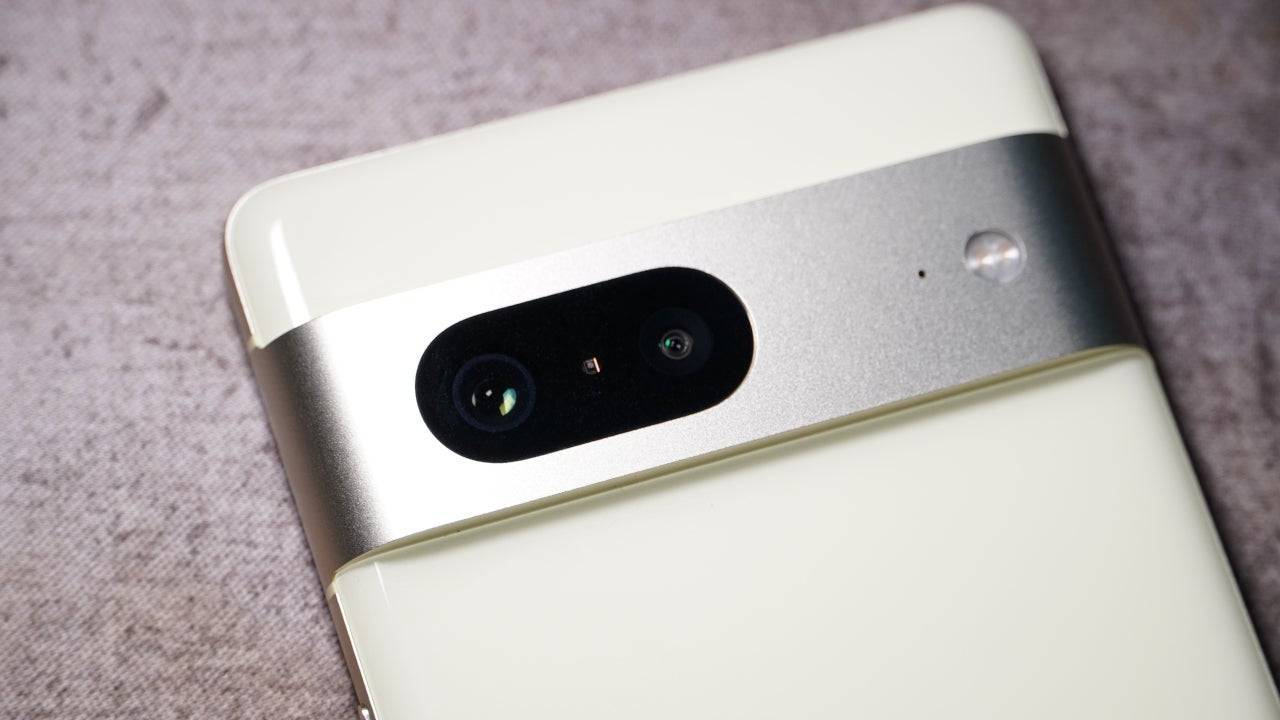
A modest upgrade from the Pixel 6, the Pixel 7 refined existing features such as the fingerprint sensor and camera layout. While not revolutionary, it was a solid option for those upgrading from older Pixel models.
Google Pixel 7a – May 10, 2023
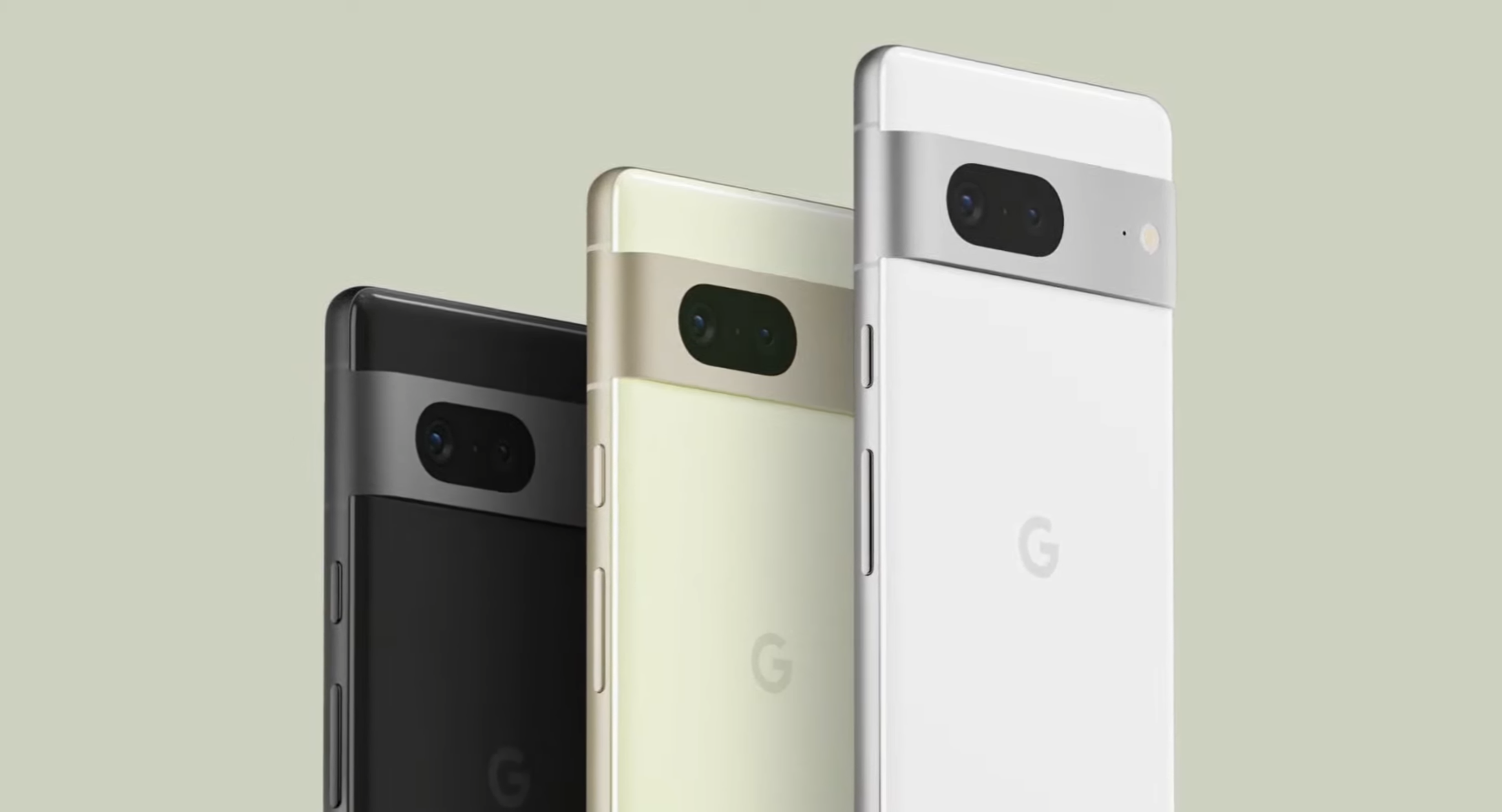
Released in early May 2023, the Pixel 7a maintained key features like 90Hz refresh rate and 8GB RAM, along with a 64MP main camera. It offered slightly smaller dimensions and similar battery life to the Pixel 7.
Google Pixel Fold – June 20, 2023
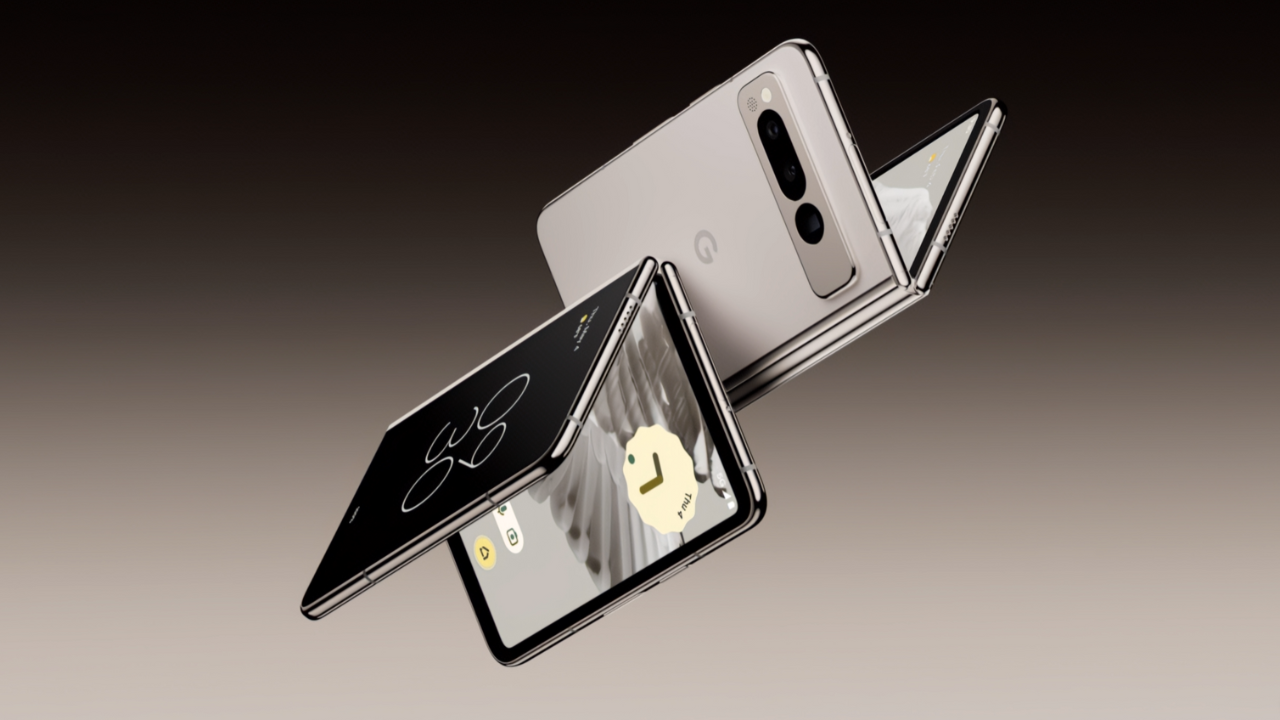
Google made a bold move into foldables with the Pixel Fold in mid-2023. Featuring a massive 7.6-inch interior
Latest News
more >-

-

-
- Star Wars Outlaws Coming to Nintendo Switch 2
- Dec 13,2025
-

-
